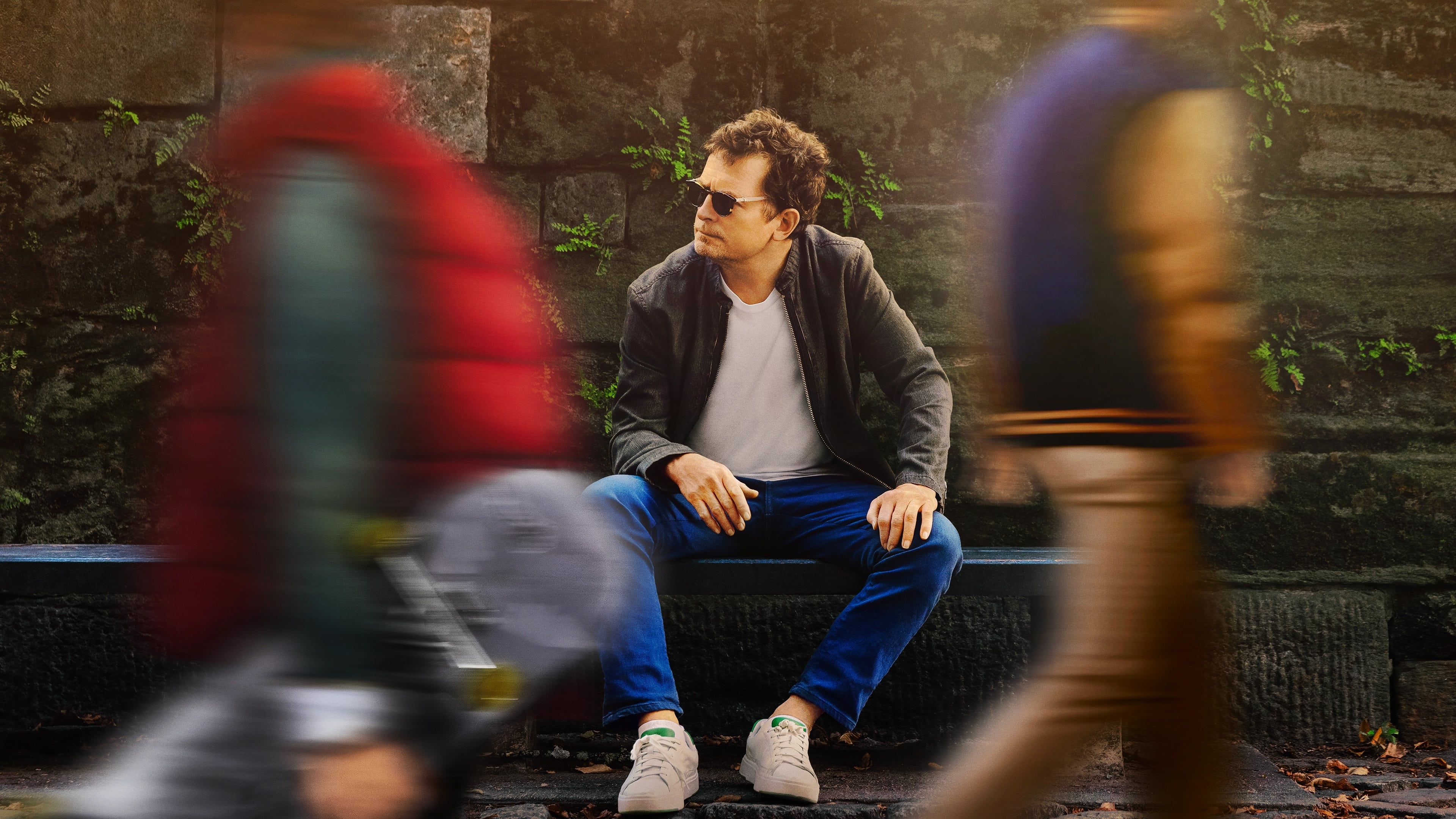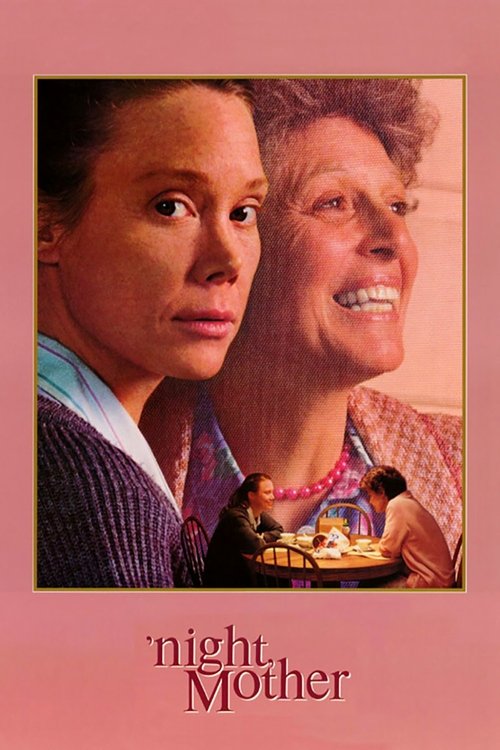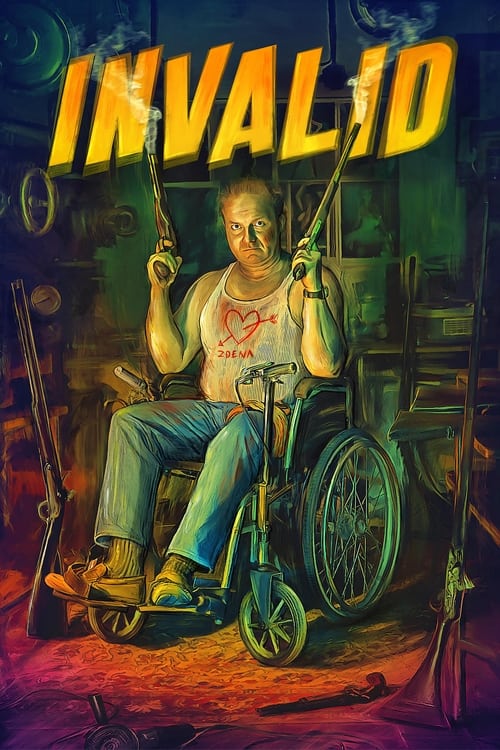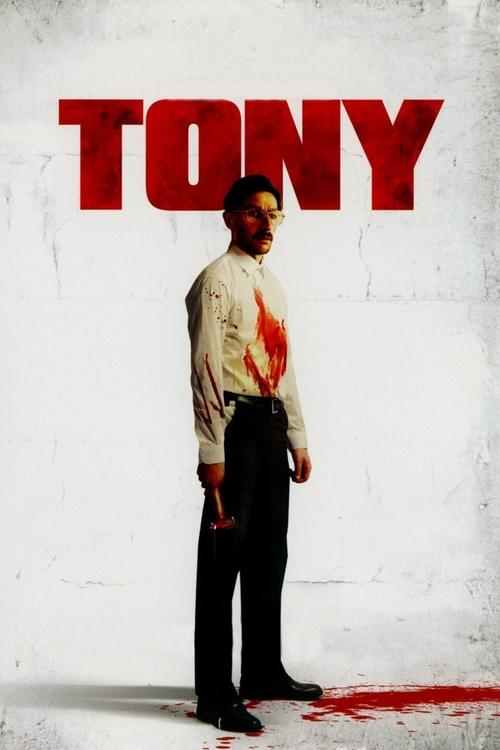
2023
STILL: A Michael J. Fox Movie
Documentary
8.0
User Score
181 Votes
Status
Released
Language
en
Budget
$0
Production
Concordia Studio
Overview
A short kid from a Canadian army base becomes the international pop culture darling of the 1980s—only to find the course of his life altered by a stunning diagnosis. What happens when an incurable optimist confronts an incurable disease?
Review
Brent_Marchant
8.0
In the 1980s, actor Michael J. Fox burst onto the entertainment scene as one of the decade’s mega-stars with the success of his hit TV show Family Ties and a string of popular movies, most notably the iconic sci-fi comedy, “Back to the Future” (1985). Before long, he was seemingly everywhere all at once, a fitting development for someone who had lived his life like that from the time he was a child. This frenetic pace of living had followed him for so long, in fact, that he never learned how to be, as this film’s title suggests, still. In 1990, however, he received a medical diagnosis that nearly stopped him in his tracks – he was discovered to be suffering from Parkinson’s Disease, an illness that usually strikes in old age, not someone on his late 20s. It forced him to take stock of himself and his life, though he tried desperately (and surprisingly successfully) to conceal it for years thereafter. His unwillingness to confront the truth about his condition continued a practice that he had been carrying out in other areas of his life for years, his hectic, distracted way of living keeping him in denial and, sadly, giving him a reason to drown himself in alcohol. But he couldn’t continue living that way forever as the disease began to take its course, his illness serving as a much-needed wake-up call to get real. Based on the title character’s writings, director Davis Guggenheim’s latest documentary feature tells the protagonist’s story using an inventive combination of archive footage, interviews with Fox, actor-based re-creations of incidents from his life and footage from his treatment sessions that candidly depict how far his condition has progressed. There are also a number of sequences in which his story is told through fittingly poignant clips from his movie and TV projects, ironically reminding us that art can indeed imitate life. All of these elements combine to present a compelling and touching story, although the film admittedly has some initial difficulty finding traction to tell it. Otherwise, though, “Still” offers an honest, insightful look into the life of a very public figure who has been fighting a very private battle and the effects that effort has had on shaping and evolving his professional, personal and philanthropic pursuits. Most of all, however, it shows us how we can identify what’s been missing from our lives and take steps to implement it, no matter how unusual the means may be for showing us the way.
Read More 
jjdanzig
10.0
An AMAZINGLY well done perspective of Parisians Disease as it impacts a person and changes their life forever.
I related this film to a close personal friend diagnosed with the same disabling disease. Over the course of time he opted in for a special surgery that implants two devices in the body. This act, was worth the wait as his uncontrollable shaking attacks diminished enough he drives again, rode a 100 miles on his bicycle and ... well, lives as close to "normal" as people without the disease.
I love Michael's approach allowing the crew to see exactly how this impacts his life. The inclusion of his growth on TV / Movies was a great addition.
The amazing, most crazy part of all of this is his absolutely adoring family. His wife sticking through EVERY piece of his life as HE struggles with loosing all things he could do on his own. She's an amazing woman, a true Diamond of ladies that any person would want in their lives.
Read More 



